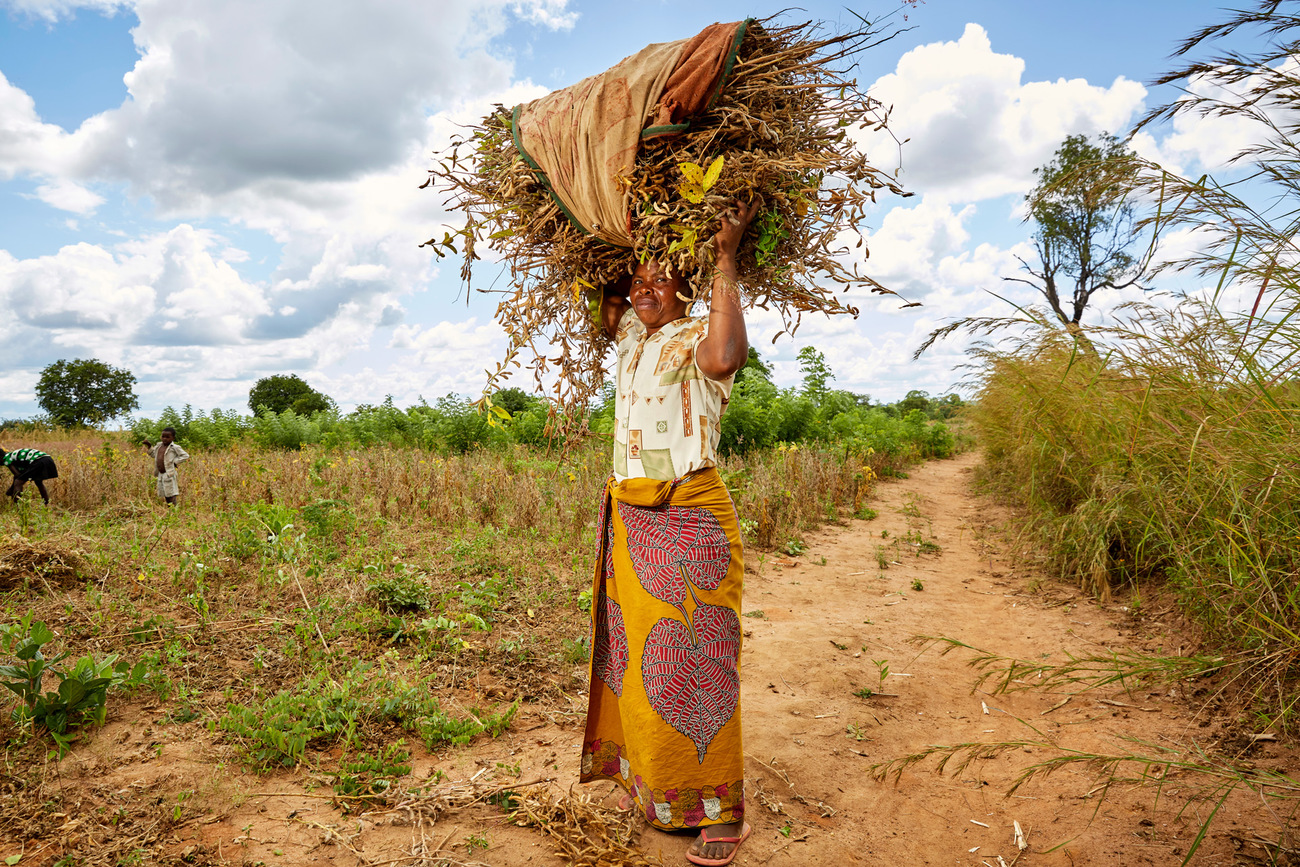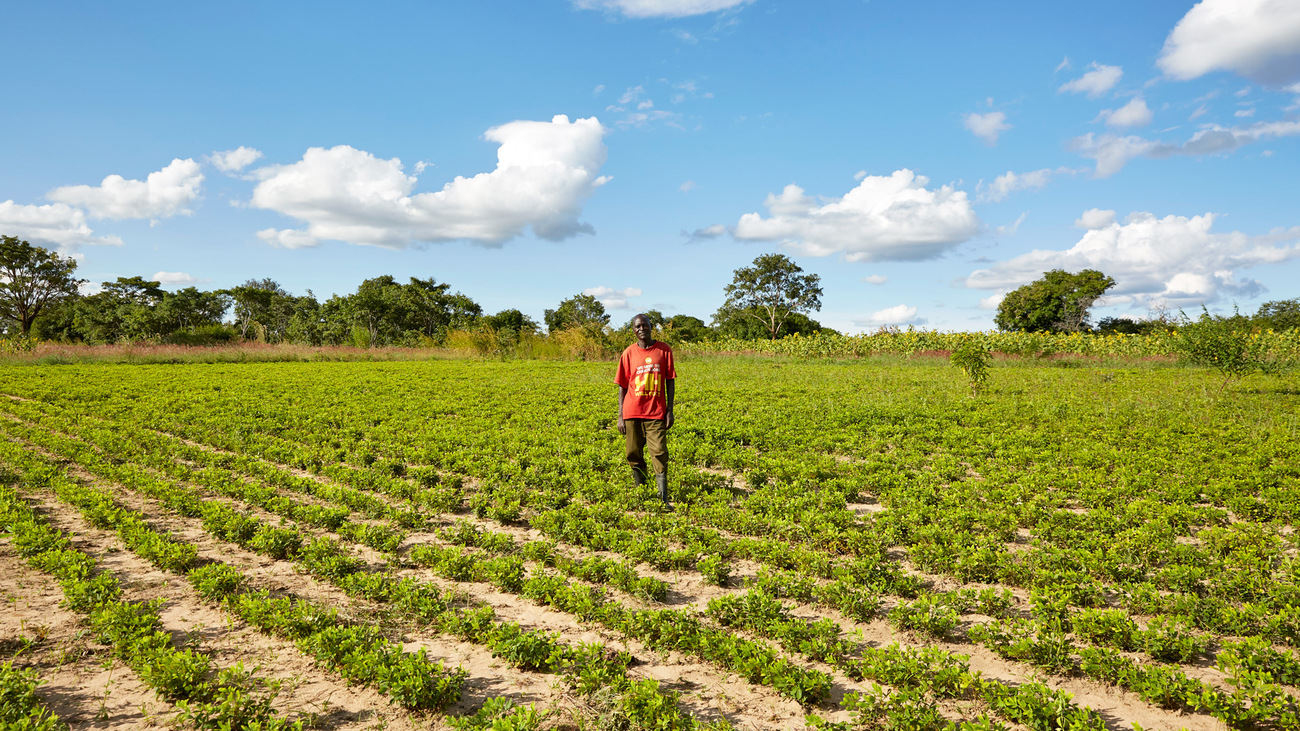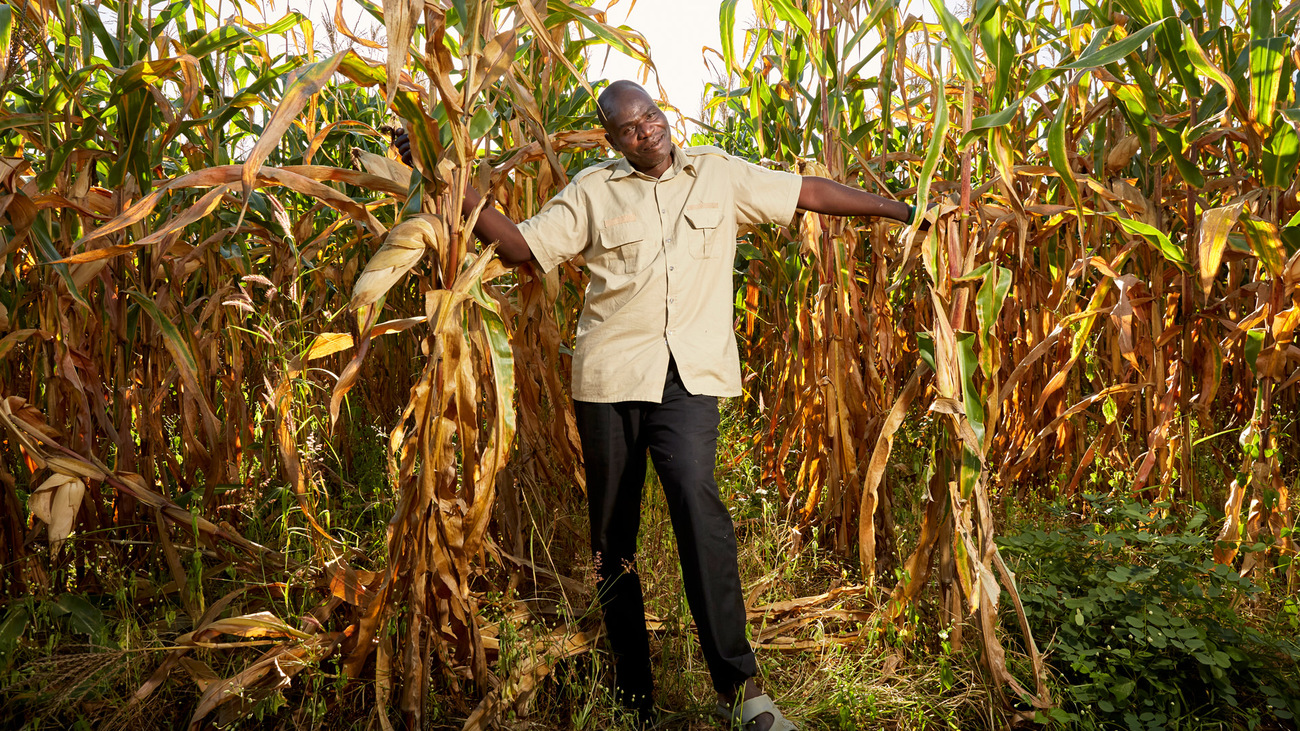What is locally-led adaptation?
What is locally-led adaptation?
Experts widely agree that human activity drives environmental changes, creating skyrocketing temperatures, destroying biodiversity, and increasing extreme weather events. Governments and policymakers have attempted to tackle this pressing issue through legislation and reform, but most climate initiatives currently in action are top-down measures. In other words, governments and leaders are making decisions about tackling the climate crisis and then using policy and legislation to turn those plans into a reality, often with underwhelming results.

Locally-led adaptation takes the opposite approach. Such a strategy is built around recognising the knowledge and expertise of those living in local communities and leveraging that knowledge to help drive green initiatives.
Oftentimes, rural, developing communities are the ones most impacted by climate change—yet they are also the ones passing along generational knowledge to help them cope with its impacts. By tapping into this expertise, we can make a real, tangible difference in these communities and start taking steps towards reversing the effects of climate change.
Empowering and supporting local stakeholders to make changes within their communities is key to a successful conservation approach. Commitment must come in the form of financial, material, and workforce support, giving local leaders the tools they need to enact climate-forward initiatives.
Why is locally-led adaptation important?
According to the World Health Organisation (WHO), 3.6 billion people currently live in areas most susceptible to climate change. They also predict that between 2030 and 2050, there will be approximately 250,000 additional deaths per year due to the effects of climate change.
However, the people living in these communities and feeling the effects of climate change every day are often not included in the decision-making processes when it comes to the climate response. Instead, governments and legislators make decisions based on larger trends, often not factoring in the local issues and challenges people face daily.
While it is crucial to focus on the big picture and take society-wide steps towards combatting climate change, by leaving local people out of the conversation, we risk missing out on their expert knowledge of their ecosystems. On top of this, sweeping cultural and societal changes take time to enact and leave people suffering the effects of climate change to fend for themselves.
Steps must be taken to address this inequality in decision-making to create a more equitable response to the climate crisis. Local communities need to be given the tools and support they need to enact changes that alleviate the effects of climate change today and into the future.

Locally-led vs. community-based adaptation
Before we go any further, we should take a moment to look at the distinction between locally-led and community-based adaptation. Although these two strategies are similar and work in tandem, they are distinct concepts with different approaches.
Locally-led adaptation, while community-focused, looks more at the broader picture around smaller communities. Locally-led adaptation focuses on projects in the community, chooses targets, outcomes, and strategy, and interacts with communities through multiple touchpoints. It focuses on the overarching goals of smaller communities and supports efforts by providing finances, tools, and planning. Locally-led adaptation may be led by local authorities and include other local actors beyond a community, such as companies, NGOs, or faith-based institutions.
Community-based adaptation is a subset of locally-led adaptation. It is an approach to locally-led adaptation that focuses on adaptation in and by community members. It looks to local knowledge and expertise, engaging the community directly, and passing on practical skills and teaching. In essence, it is about putting the plans laid by locally-led adaptation into practice and effectively utilising the tools provided.
Community-based adaptation also plays an important role in informing decision-makers about whether initiatives are working, where they are falling short, and recommending adjustments. It leverages the knowledge and experiences of those on the ground working to optimise and refine approaches, ensuring they are as effective as possible.
The 8 principles of locally-led adaptation
Now that we better understand locally-led adaptation and how it interacts with community-based adaptation, let’s look at how to implement it. Eight principles drive locally-led adaptation.
1. Devolving decision-making to the lowest appropriate level
Locally-led adaptation is all about putting the power into the hands of local communities and leaders. So, decision-making must be centred around people in these communities rather than people higher up in the power structure. In turn, this allows local people to make decisions about the approaches to climate change within their communities.
2. Addressing structural inequalities
The climate response is often unequal and does not serve those affected by climate change the most. Focusing on a local response can give people in these communities the tools and support they need to make changes now and into the future.
3. Providing long-term and predictable funding
Formalising localised climate initiatives through locally-led adaptation means that communities can rely on the necessary funding to make necessary changes. It also means that plans can be put into place to make meaningful changes in the long-term, knowing that the support required is already in place.
4. Investing in local capabilities
Nobody understands local ecosystems better than those living in them. People in climate-affected areas use their knowledge and experience to help them survive and thrive in the places where they live. Using this expertise to take the most optimal, tailored approach to each community and ecosystem is critical.
Through IFAW’s work with COMACO in the Malawi–Zambia Transfrontier Conservation Area, we are transforming the lives of over 5,000 smallholder farmers, who have embraced climate-smart agriculture techniques. These farmers already hold immense knowledge of nature and wildlife, as they have lived in close contact with animals like elephants. With collaborative efforts like these, we can make significant environmental and social strides, even in the face of climate change.
5. Build a robust understanding of climate risk and uncertainty
Using the knowledge of local communities combined with scientific knowledge and developments, we can educate both those in these communities and those higher up in the power structure. This allows us to build a greater knowledge base for everyone, more effectively tackle climate change, and respond better to future developments.
6. Flexible programming
Locally-led adaptation needs to work in tandem with community-based adaptation. This keeps communication open with people on the ground, ensuring the approach is practical and effective. Programs need to be flexible so plans can change and adapt according to the realities of the situation and feedback from communities.
7. Transparency and accountability
Communities must communicate internally about planning and financial decision-making. We must ensure that everyone is informed and that all parties operate transparently.
8. Collaborative action and investment
We can only solve the climate crisis by working together. Locally-led adaptation embodies this approach by putting the resources and knowledge into the hands of those who need it most, not just those at the top. Equally, it ensures that we can invest in often-overlooked communities that suffer on a daily basis from the effects of climate change.

Locally-led adaptation: the next step in the climate fight
Locally-led adaptation is the next step in the climate response. It is up to governments and policy makers to listen to those who are most affected by the climate crisis and start looking for ways to invest in these communities and create a more equitable response to climate change.
It is also key to use the knowledge and expertise of the people who live in these environments, giving them the support and resources they need to make a real difference not only to their own communities but to the environment as a whole. The climate crisis will only be solved if we all work together.
Related content
Every problem has a solution, every solution needs support.
The problems we face are urgent, complicated, and resistant to change. Real solutions demand creativity, hard work, and involvement from people like you.